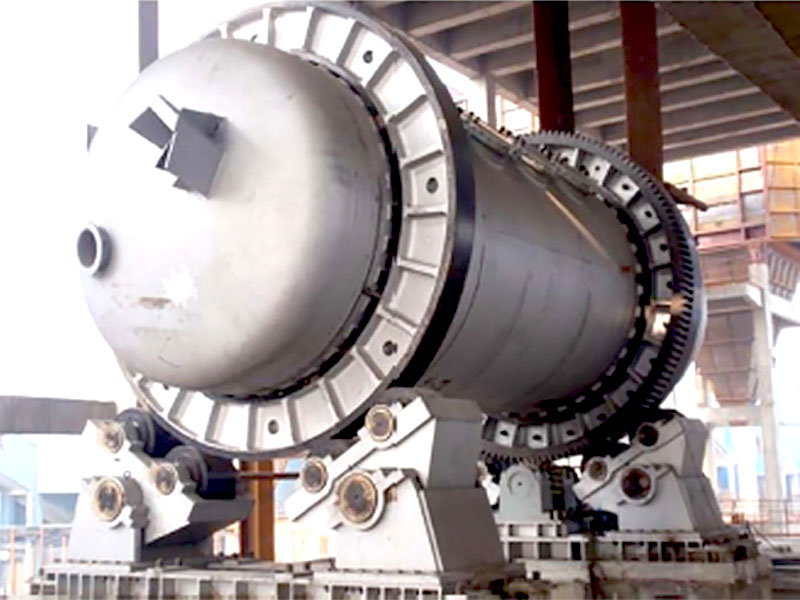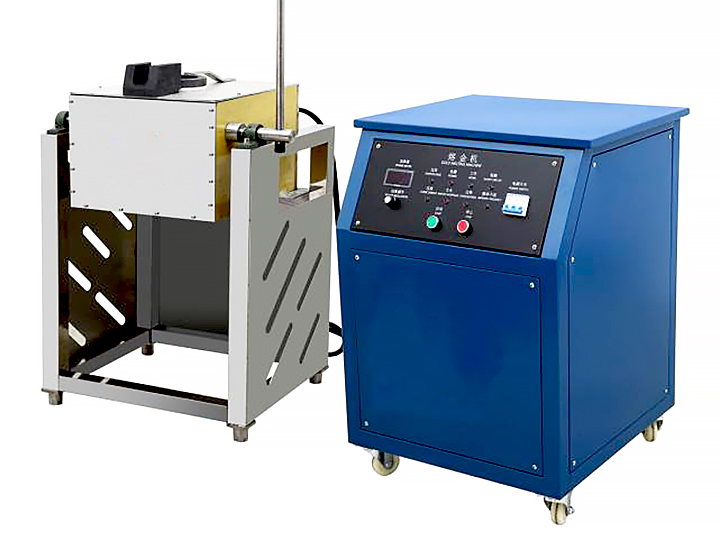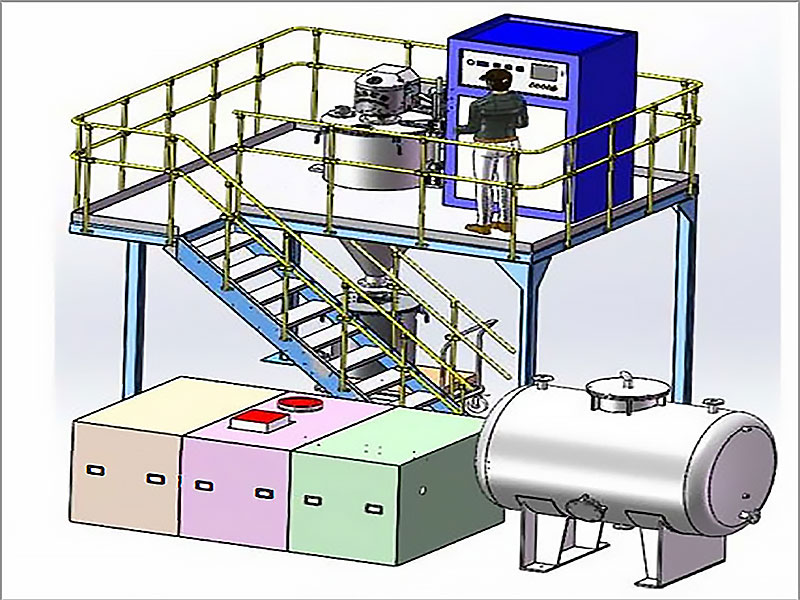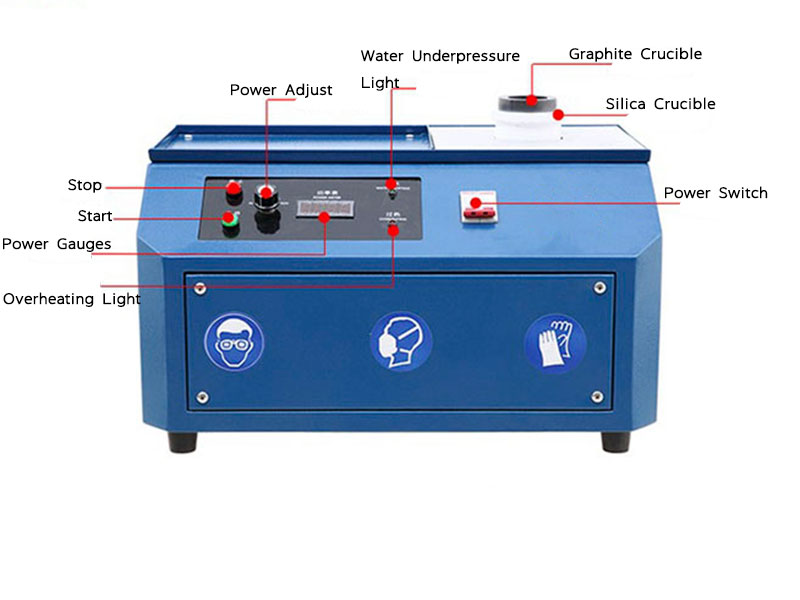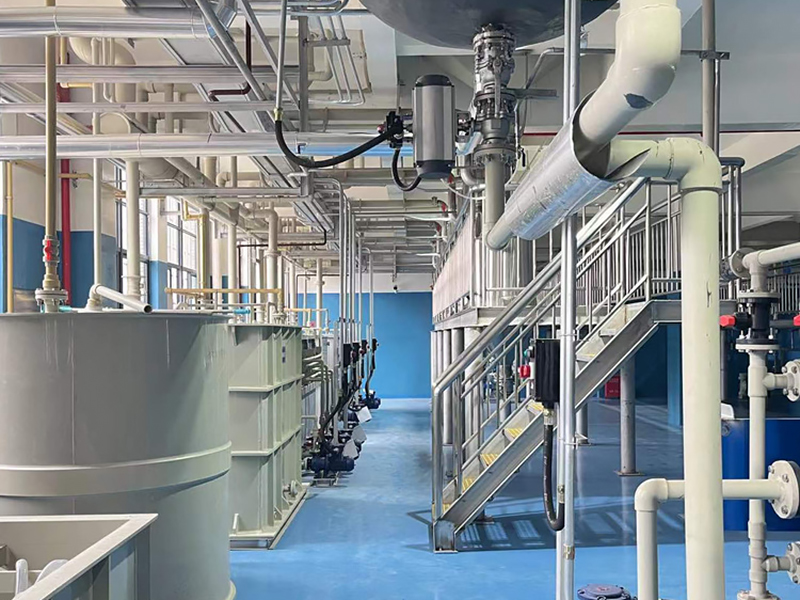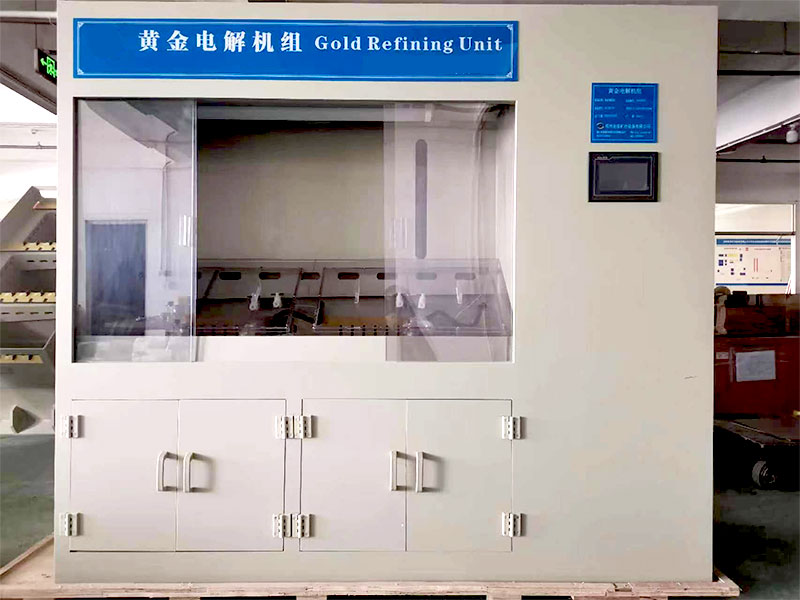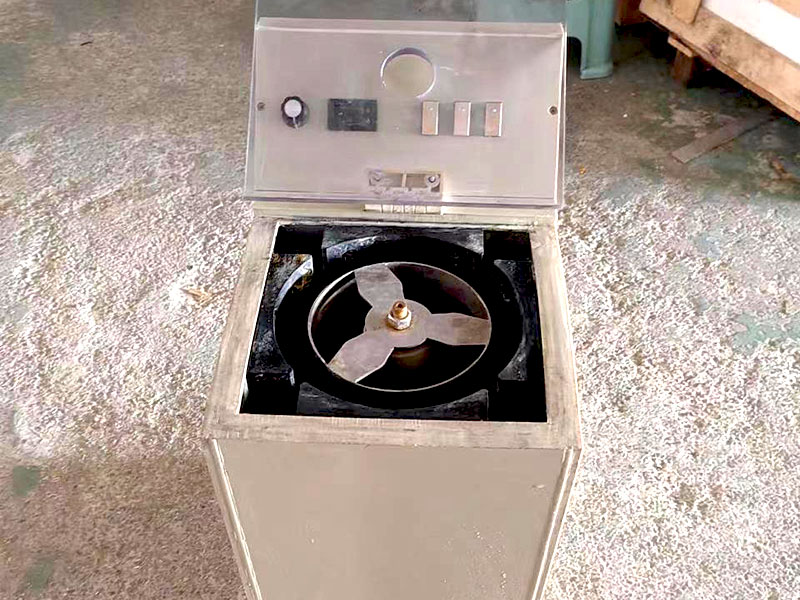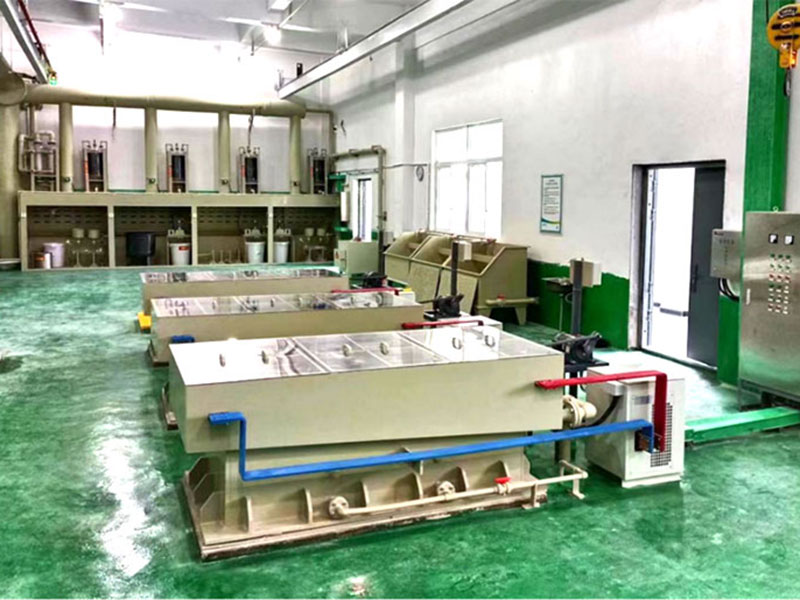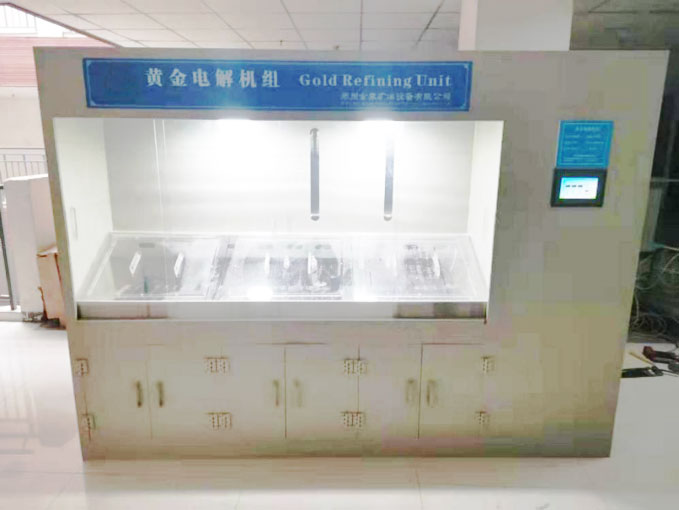silver smelting equipment
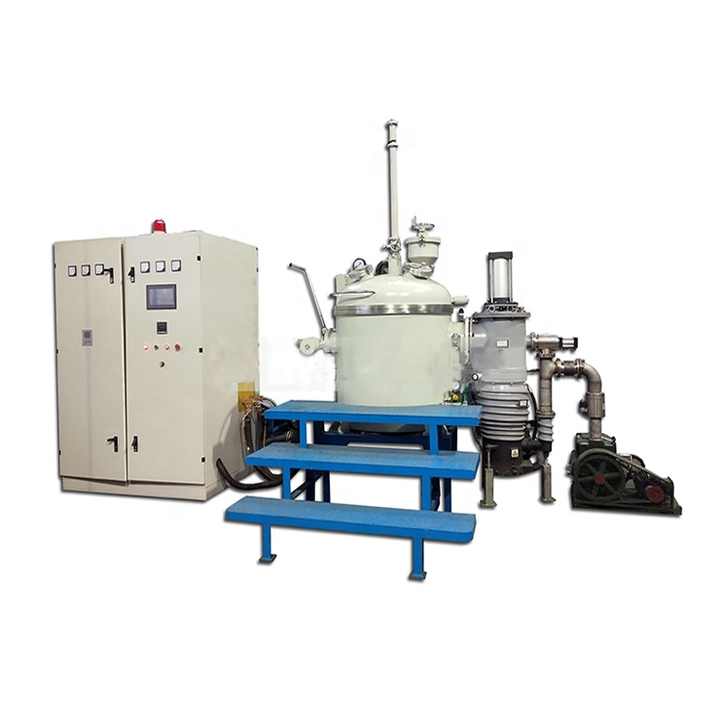
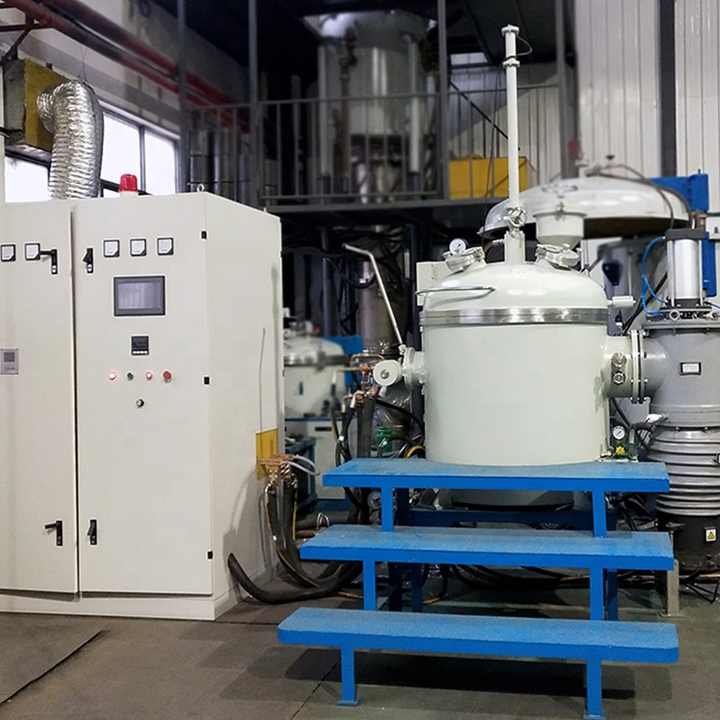
Silver Smelting Equipment Essential Tools and Technologies
Silver smelting is a crucial process in the precious metals industry, designed to extract pure silver from ores, scrap, or other silver-containing materials. The efficiency and quality of the smelting process depend significantly on the equipment used. In this article, we explore the essential tools and technologies involved in silver smelting, highlighting their roles, functions, and benefits.
Understanding Silver Smelting
Silver smelting involves heating silver-containing materials to high temperatures to separate silver from other elements. The primary goals are to remove impurities, recover pure silver, and prepare it for further processing or sale. The process requires specialized equipment to ensure efficiency, safety, and high-quality results.
Key Types of Silver Smelting Equipment
Several types of equipment are essential for effective silver smelting. Each piece plays a critical role in different stages of the process:
1. Smelting Furnaces
Smelting furnaces are the core equipment used for heating silver-containing materials to high temperatures. They come in various designs, including:
- Electric Furnaces: Utilize electric heating elements to achieve precise temperature control. Ideal for small to medium-scale smelting operations, they offer high efficiency and reduced emissions.
- Gas Furnaces: Use gas burners to heat the material. Suitable for larger-scale operations, they provide high heating capacity and are often used in industrial smelting.
- Induction Furnaces: Employ electromagnetic induction to heat the silver-containing material. Known for their rapid heating and energy efficiency, they are used for high-precision smelting.
2. Crucibles
Crucibles are containers used to hold the silver material during the smelting process. They must withstand high temperatures and corrosive conditions. Types of crucibles include:
- Graphite Crucibles: Commonly used due to their excellent thermal conductivity and resistance to high temperatures.
- Clay Graphite Crucibles: Offer a balance between cost and performance, suitable for various smelting applications.
3. Fluxing Agents
Fluxing agents are added to the smelting process to facilitate the removal of impurities. They include:
- Borax: Helps lower the melting point of the silver and assists in the removal of impurities by forming a slag.
- Soda Ash: Used to remove oxide impurities and improve the flow of slag.
4. Cooling Systems
Cooling systems are essential for managing the temperature of the smelting equipment and ensuring the safe handling of molten silver. They include:
- Water-Cooling Systems: Circulate water to absorb and dissipate heat from the furnace and other equipment.
- Air-Cooling Systems: Use fans and ventilation to cool the equipment and maintain safe operating temperatures.
5. Safety Equipment
Safety equipment is crucial for protecting operators and ensuring safe smelting operations. This includes:
- Protective Gear: Safety goggles, gloves, and heat-resistant clothing to protect against high temperatures and hazardous materials.
- Ventilation Systems: Ensure proper airflow to remove harmful fumes and gases produced during smelting.

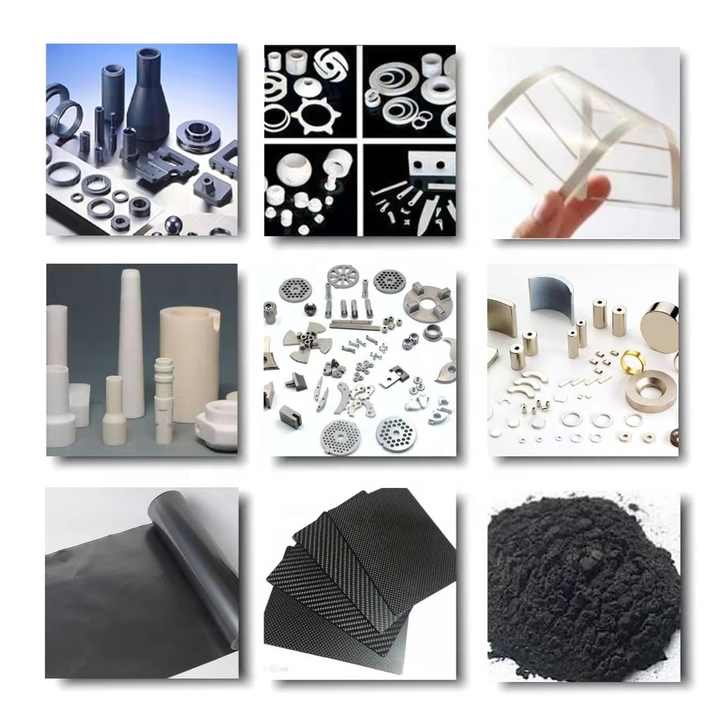
Benefits of Modern Silver Smelting Equipment
Investing in modern silver smelting equipment offers several advantages:
Enhanced Efficiency
Modern equipment, such as electric and induction furnaces, provides precise temperature control and faster heating times. This improves the overall efficiency of the smelting process and reduces energy consumption.
Improved Safety
Advanced safety features, including automated controls and robust ventilation systems, enhance the safety of smelting operations. This minimizes the risk of accidents and exposure to harmful substances.
Higher Purity
Using high-quality equipment ensures better separation of silver from impurities, resulting in higher purity levels. This is essential for producing silver that meets industry standards and customer requirements.
Environmental Benefits
Modern smelting equipment often incorporates technologies to reduce emissions and manage waste. This supports environmentally responsible practices and complies with regulatory standards.
Considerations for Choosing Silver Smelting Equipment
When selecting silver smelting equipment, consider the following factors:
Scale of Operation
- Small-Scale Operations: Electric furnaces and graphite crucibles are suitable for smaller smelting operations where precision and efficiency are essential.
- Large-Scale Operations: Gas and induction furnaces are better suited for larger-scale operations requiring high heating capacity and rapid processing.
Budget and Costs
- Initial Investment: Consider the cost of purchasing and installing equipment. Modern and advanced equipment may have higher upfront costs but offer long-term benefits.
- Operating Costs: Evaluate ongoing costs, including energy consumption, maintenance, and replacement parts.
Technological Features
- Automation: Equipment with automated controls and monitoring systems can enhance precision and reduce manual intervention.
- Energy Efficiency: Look for equipment designed to optimize energy use and reduce operational costs.
Silver smelting equipment plays a vital role in the efficient and effective processing of silver-containing materials. By selecting the right equipment, including smelting furnaces, crucibles, fluxing agents, and safety systems, operators can achieve high-purity silver and ensure safe, environmentally responsible operations. Modern technologies and advancements in smelting equipment offer numerous benefits, including enhanced efficiency, improved safety, and higher purity, making them essential for successful silver smelting.

